Architectural Model: Historical Transition as a Medium of Architecture
6 Aug, 2022—16 Oct, 2022
-
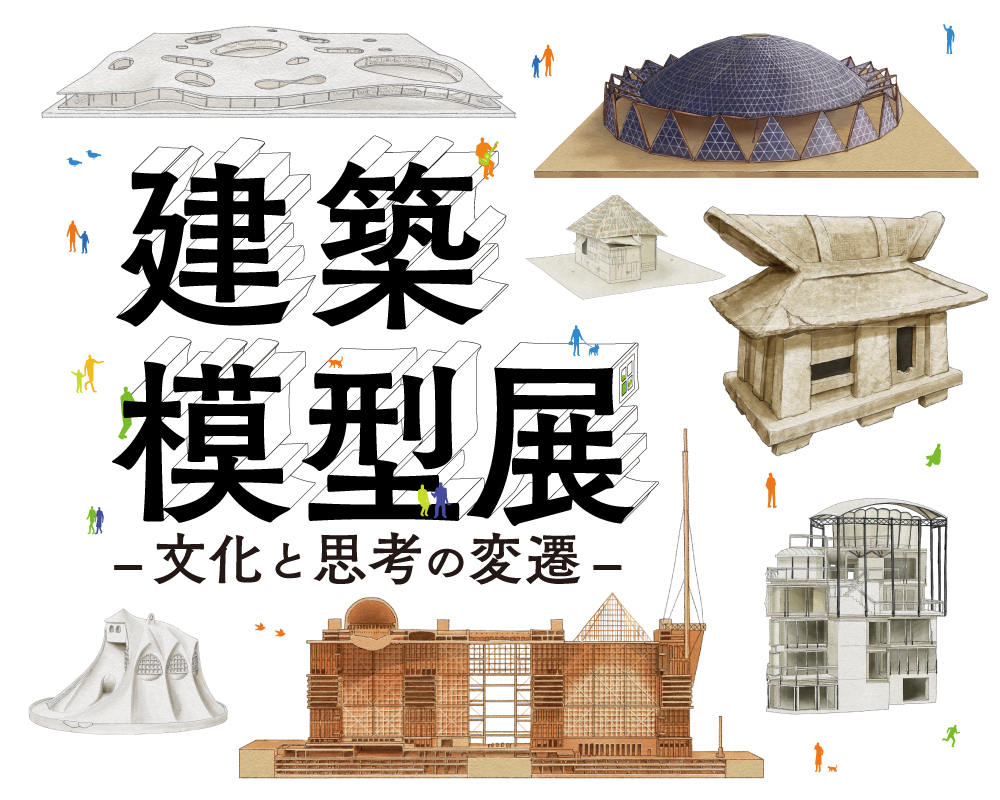
-
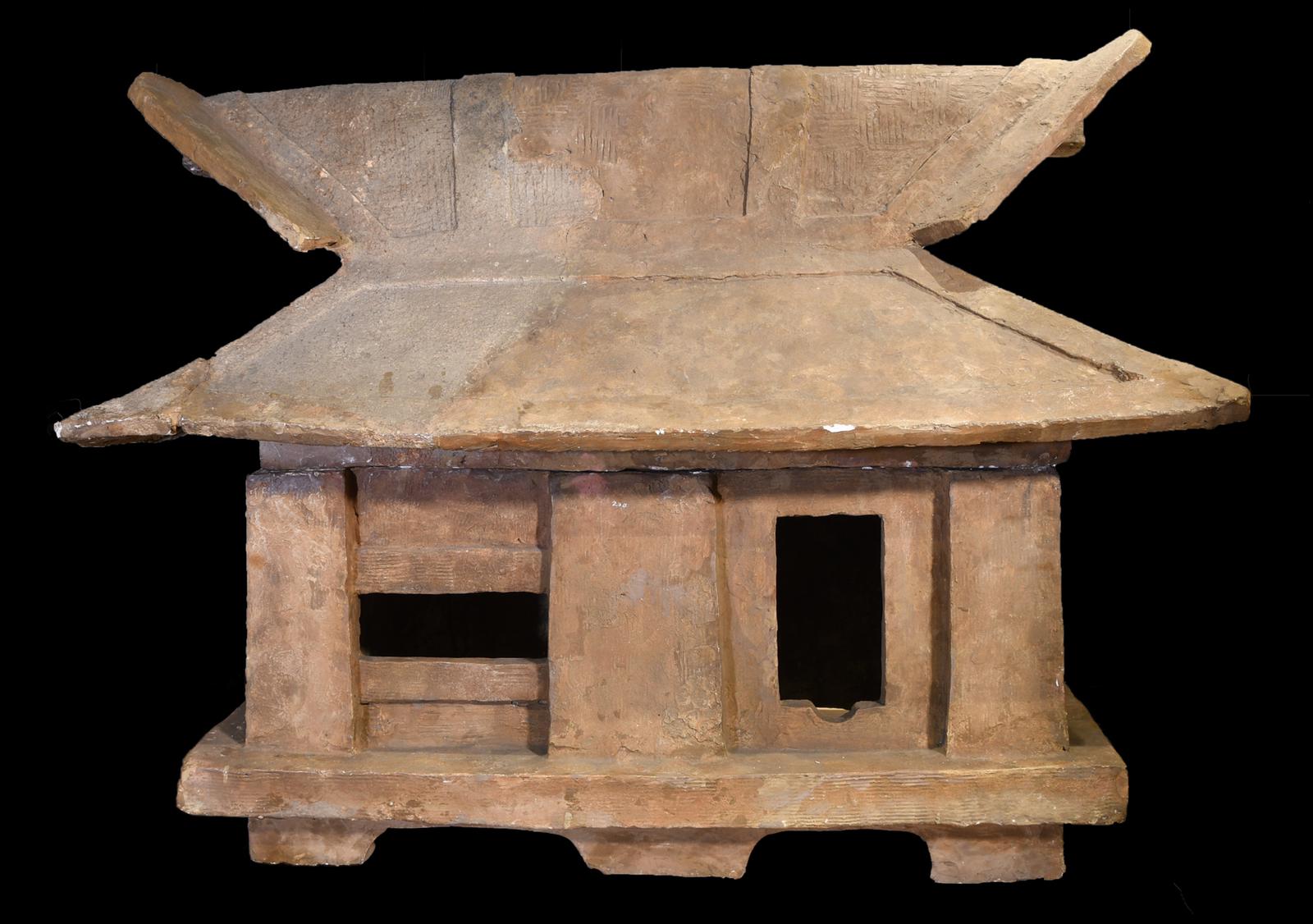
家形埴輪©︎國學院大學博物館
-
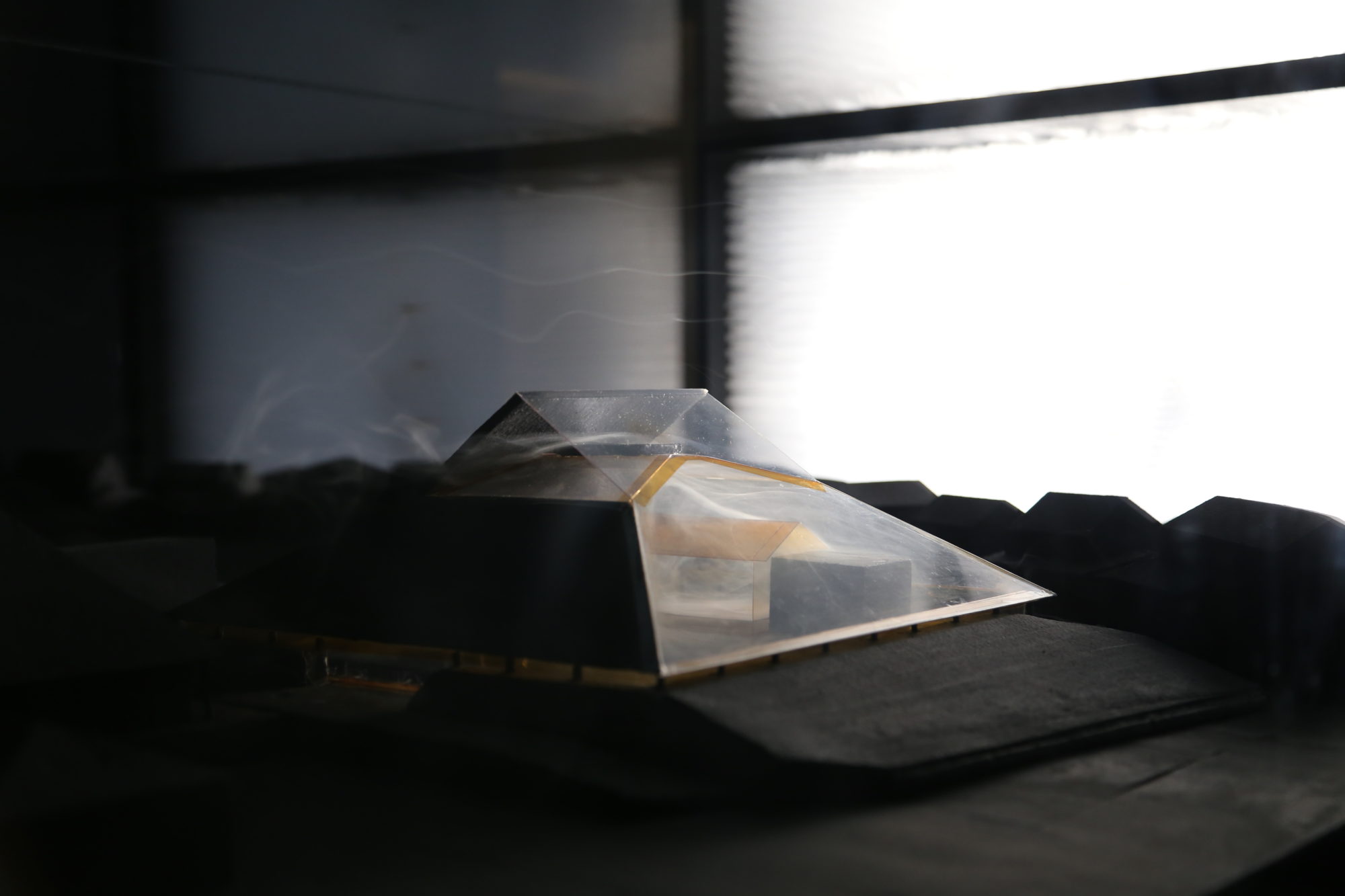
「直島ホール」風洞実験模型 ©三分一博志建築設計事務所
-
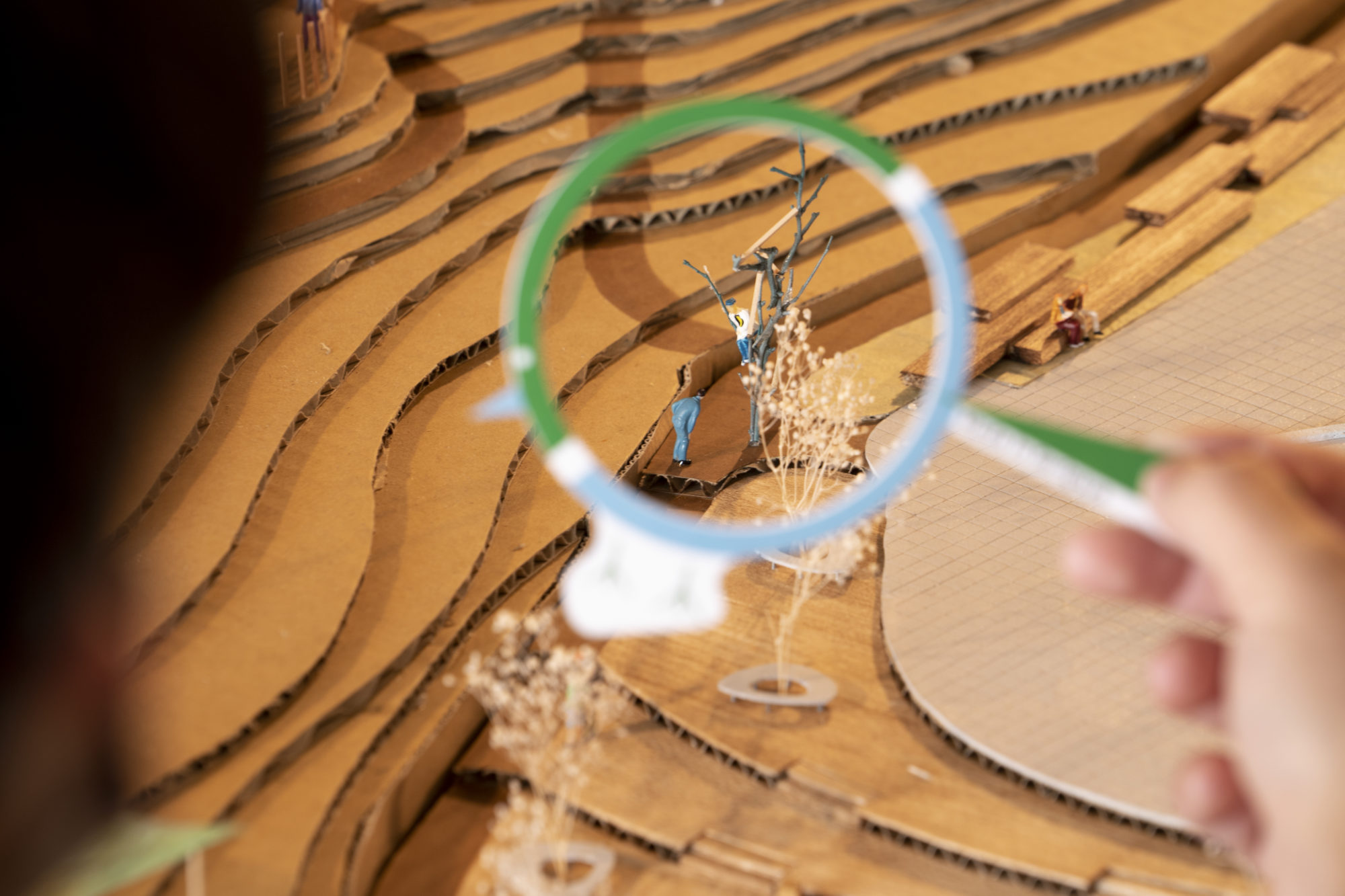
オンデザインパートナーズ 「町田芹ヶ谷公園”芸術の杜”プロジェクト パークミュージアム」

-

家形埴輪©︎國學院大學博物館
-

「直島ホール」風洞実験模型 ©三分一博志建築設計事務所
-

オンデザインパートナーズ 「町田芹ヶ谷公園”芸術の杜”プロジェクト パークミュージアム」
Throughout Japanese history, models have long been used in architectural development and are also a medium for conveying the architectural culture of their eras.
Their role has continued to evolve, and today they are not only a tool for experimentation and analysis up to the completion of a building but also an evolution in materials and engineering; they have come to influence architects’ thoughts and expressions.
This exhibition showcases architectural models, which have changed along with the times and the thinking of their creators. It examines their roles and significance in their historical context, from antiquity to the present. More than 20 models will be exhibited at the venue, including historical models such as a House-Shaped Clay Figurine (Haniwa) from the Kofun period and a wooden model of Nobeoka Castle made in the Edo period, as well as the unbuilt* model “New Tokyo City Hall Project, Competition Proposal” by contemporary architect Arata Isozaki, and the “Naoshima Hall” Model of Wind Tunnel Experiment by Hiroshi Sambuichi.
During the exhibition period, exhibitors and site staff will guide visitors on tour around the exhibition, and a workshop for visitors to experience making models themselves is also planned. Details will be announced on the WHAT MUSEUM website as they are finalized.
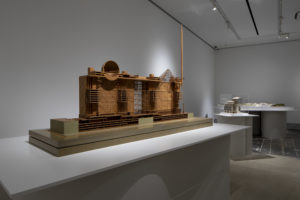
photo by Kenji Seo
*Unbuilt: Architecture that has not been built
[Highlights]
A comprehensive overview of architectural models — from House-Shaped Clay Figurine (Haniwa) in the Kofun Period to models by contemporary architects
The exhibition will feature a collection of valuable architectural models from different periods, including a House-Shaped Clay Figurine (Haniwa) in Kofun-period (4th-5th century), an Edo-period wooden model of Nobeoka Castle, a Miniature architectural papercraft of tea-ceremony room (Copied), and a model reconstruction of a raised-floor building made in the mid-20th century, alongside architectural models by contemporary architects. Visitors will be presented with a comprehensive overview and chronology detailing how the roles and significance of models have continually changed with the times.
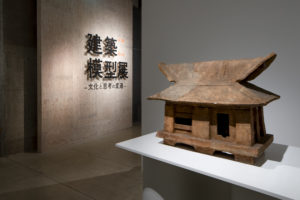
photo by Kenji Seo
Exhibits include a variety of models by contemporary architects including Arata Isozaki, Kengo Kuma + Satoko Shinohara, Kazuyo Sejima + Ryue Nishizawa (SANAA), Hiroshi Sambuichi and Terunobu Fujimori
On display will be the unbuilt model “New Tokyo City Hall Project, Competition Proposal” by Arata Isozaki, “Rolex Learning Center, EPFL” by Kazuyo Sejima + Ryue Nishizawa (SANAA), the “Naoshima Hall” Model of Wind Tunnel Experiment by Hiroshi Sambuichi, and “Wani” by Terunobu Fujimori, which was sculpted from a single log. Also on view for the first time at this exhibition is a model reproduction of “A Small Bathhouse in Izu,” made over 30 years ago by Kengo Kuma + Satoko Shinohara. Visitors will be able to view valuable and varied models by contemporary architects.
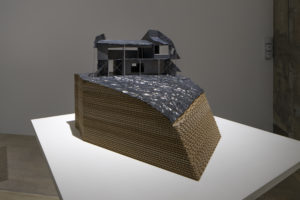
photo by Kenji Seo
Exhibition of architectural models as communication tools and for the purposes of handing down memories
ondesign’ touchable model “Glowing Model”, Machida-City Serigaya park “Park Museum” project will be exhibited. Visitors will be allowed to directly touch the model. The “Lost Homes” model reconstruction project will also be exhibited, in which towns and villages lost to earthquakes are reconstructed at 1/500 scale with the aim of preserving and passing down their regional townscapes, environments, and the memories of those who lived there.
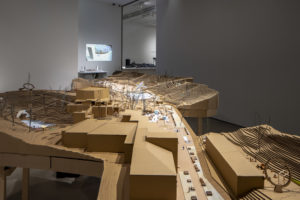
photo by Kenji Seo
- DATES
- April 28th, 2022 (Thu) – October 16th (Sun)
- VENUE
- WHAT MUSEUM
1F
(2-6-10 Higashi-Shinagawa, Shinagawa-ku, Tokyo 140-0002) - OPENING HOUR
- Open Hours: Tuesday – Sunday, 11:00 AM – 6:00 PM (Admission until 5:00 PM),
closed on Mondays (but open when Monday is a public holiday, then closed the following Tuesday)
- ADMISSION
-
- Adults
- 1,200円
- University or vocational college students
- 700円
- Students under high school age
- Free
- * Online ticket system.
- * Including the admission for the concurrent exhibition OKETA COLLECTION “YES YOU CAN : The Strength of Life through Art”
Exhibited Architects
- Takefumi Aida, Koki Akiyoshi (VUILD), Arata Isozaki, Ondesign Partners, Mamoru Kawaguchi, Kengo Kuma + Satoko Shinohara, Kazuyo Sejima + Ryue Nishizawa (SANAA), Hiroshi Sambuichi, Mayumi Takizawa, noiz, Terunobu Fujimori, Suzuko Yamada, Riken Yamamoto and more.
Exhibition Collaborators
- General Incorporated Association Laboratory for Memories of Hometown; Secretariat of “Lost Homes” Model Restoration Project, and Oshimamirai team; Oita Art Museum; The Fukuoka Cultural Foundation; Kokugakuin University Museum; Maruoka Castle National Treasure Promotion Office, Sakai City Board of Education; Chino City Museum of Art; Museum of Contemporary Art, Tokyo; Shigeyuki Okazaki, Chairman of Department of Architecture at Mukogawa Women’s University; Professor Masaki Koiwa’s office, Department of Architecture, School of Creative Science and Engineering, Waseda University
- Planning cooperation: Takuya Wakabayashi and Kenji Seo
- Venue and fixtures design: Mandai Architects
- Photograph: Kenji Seo
- Graphic design: SKG
- Illustration: Miltata
- Cooperation: Kenchiku to Mokei [Wakate shorei] Tokubetsu Kenkyu Iinkai in the Architectural Institute of Japan, Riichi Miyake
